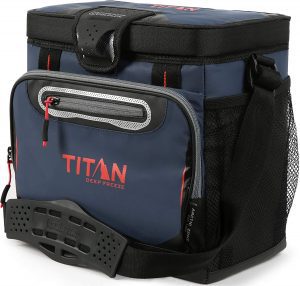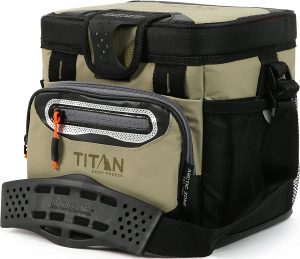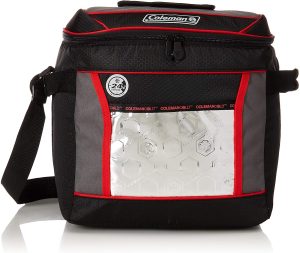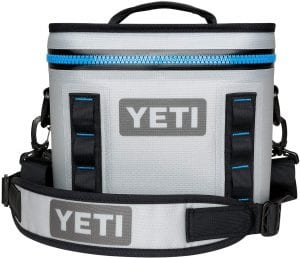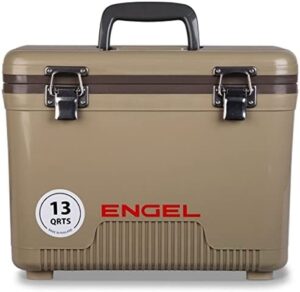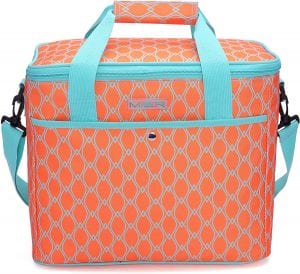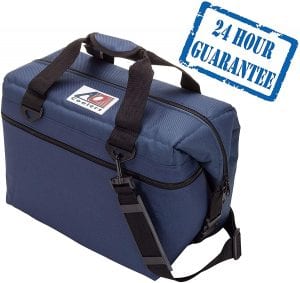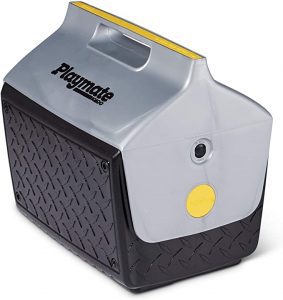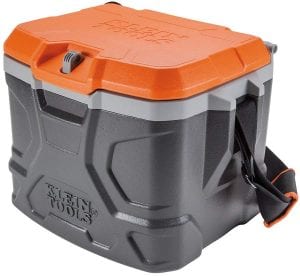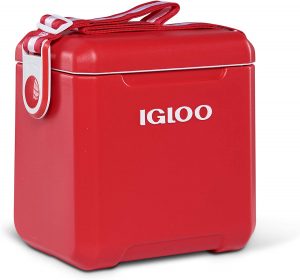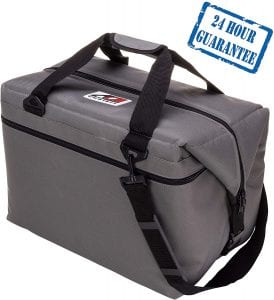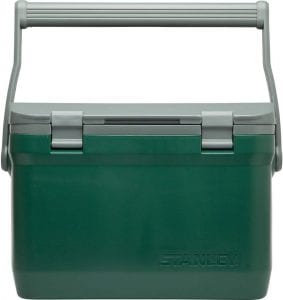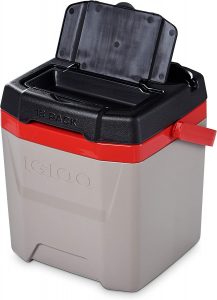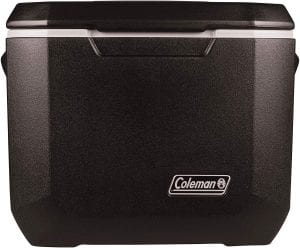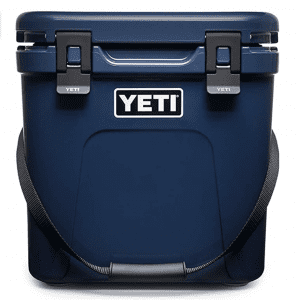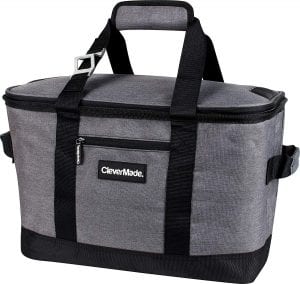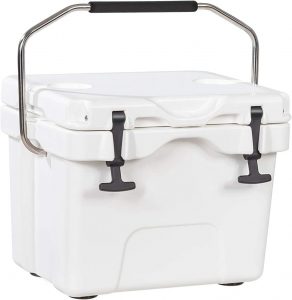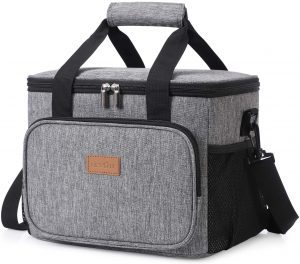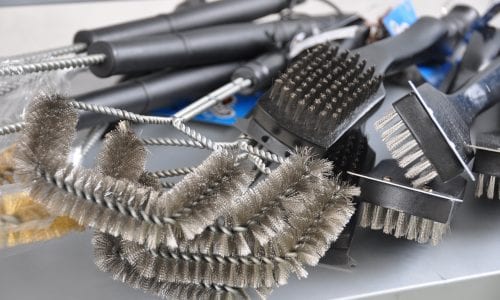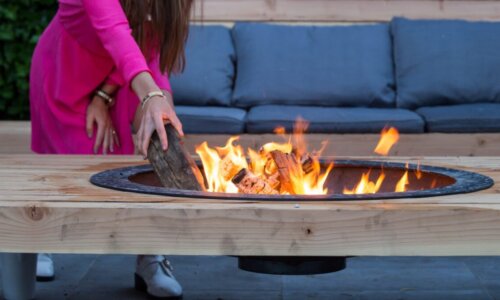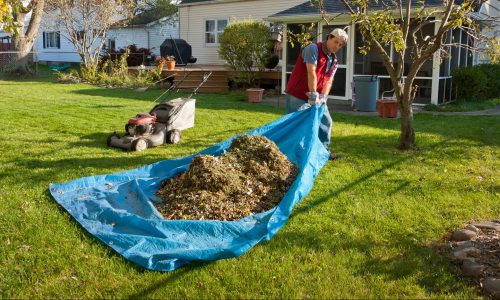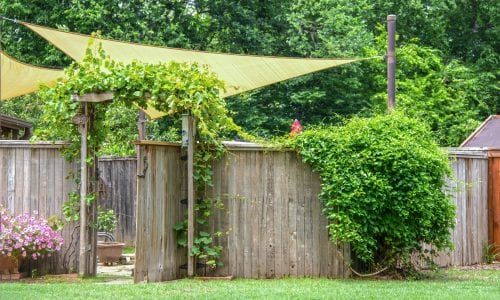The Best Small Coolers
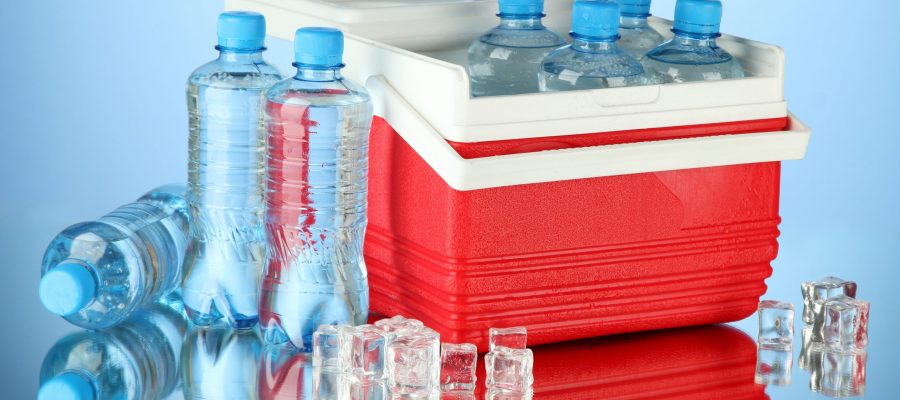
Our Review Process
Don't Waste Your Money is focused on helping you make the best purchasing decision. Our team of experts spends hundreds of hours analyzing, testing, and researching products so you don't have to. Learn more.
Our Picks For The Top Small Coolers
- 1. Arctic Zone Titan Rigid Leakproof Small Cooler
- 2. Arctic Zone Titan Flip Open Zipper Free Large Hard Cooler
- 3. Coleman Soft Cooler, 30 can
- 4. YETI Portable Cooler
- 5. Engel Plastic Leak-Proof Small Hard Cooler, 13-Quart
- 6. MIER Large Soft Cooler
- 7. AO Coolers Soft Cooler
- 8. Igloo Playmate Push-Button Lid Small Cooler
- 9. Klein Tools Hinged Lid Work Small Hard Cooler, 17-Quart
- 10. Igloo Retro Locking Small Hard Cooler, 11-Quart
- 11. AO Coolers High-Density Insulation Original Soft Cooler
- 12. Stanley Camping Small Hard Cooler, 16-Quart
- 13. Igloo Profile Lockable Lid Small Hard Cooler, 16-Quart
- 14. Coleman Wheeled Small Hard Cooler With Cupholders, 50-Quart
- 15. YETI Roadie 24 Insulated Small Hard Cooler, 2-Liter
- 16. CleverMade Collapsible Cooler Bag
- 17. EchoSmile Insulated Silicone Sealed Small Hard Cooler, 25-Quart
- 18. Goplus Easy Carry Compact Small Hard Cooler, 16-Quart
- 19. Lifewit Leakproof PEVA Foil Lined Small Cooler
Keep your food cold with this hard-bodied cooler that has a radiant heat barrier to reflect warmth instead of absorbing it. It features an easy-access zipperless design and is both stain-resistant and durable.
Reflects HeatThis cooler has a radiant heat barrier that reflects warmth away from your food.
Not only is the outer material on this large hard cooler water and stain resistant, but so is the inner lining. The coolor features a flip-top lid to make accessing your drinks and snacks a breeze. For added storage, the bag offers two mesh side pockets and two front zipper pockets.
Versatile ChoiceYou'll find this large hard cooler comes in a choice of white, moss, blue and process blue.
This trusty Coleman soft cooler will be your best friend on camping trips, road trips and any other excursion you decide to take it on.
Classic OptionIt can hold up to 30 cans and promises to keep food and drinks cold for up to 24 hours.
If you're looking for a portable cooler that you'll be able to use for a very long time, this is your best bet. The Yeti brand lives up to its reputation with this soft cooler, which comes in multiple colors.
Worth the PriceYou can fit up to 11 cans in this handy cube-shaped cooler with a shoulder strap and top handle.
Buying Guide
Whether you’re heading to a tailgate with friends or want to make sure your refrigerated grocery items stay cool on the way home from the store, having a small cooler on hand is a great idea. A small cooler will not only keep your food safe, it’s easy to carry around with you anywhere.
MORE: The Best Grocery Tote Bag
Start by figuring out what size you need. Think about the number of food items you need to keep cool most often. For example, if you’re just going to be carrying your lunch back and forth from the office, then a small cooler works well. If you frequently go out to spend the day at the beach with the family, you may want a slightly larger cooler so you can bring along a supply of drinks and snacks.
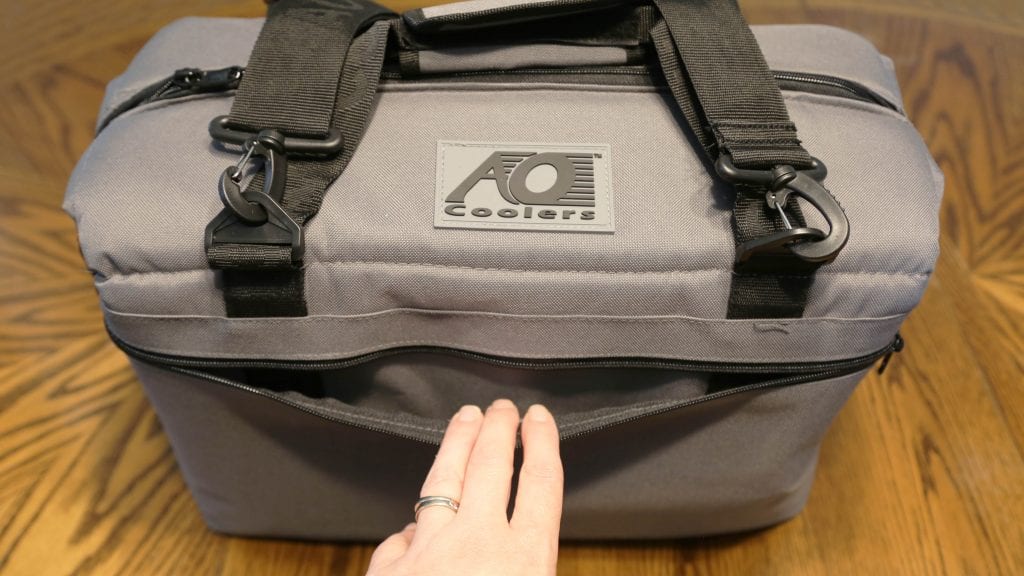
The size of the cooler is typically shown in quarts. Note that coolers can have different lengths and widths, so keep those dimensions in mind when looking at quart volume.
Keep in mind that hard-sided coolers will not be flexible if you’ve got a couple of extra items, but tend to have a larger capacity overall. Most hard-sided coolers are made from plastic, which is a durable, cost-effective and sturdy option. Opt for coolers that have roto-molded construction, which means that the plastic is all one piece, rather than multiple pieces attached together. This way, you can eliminate any weak points in its construction, which results in better insulation.
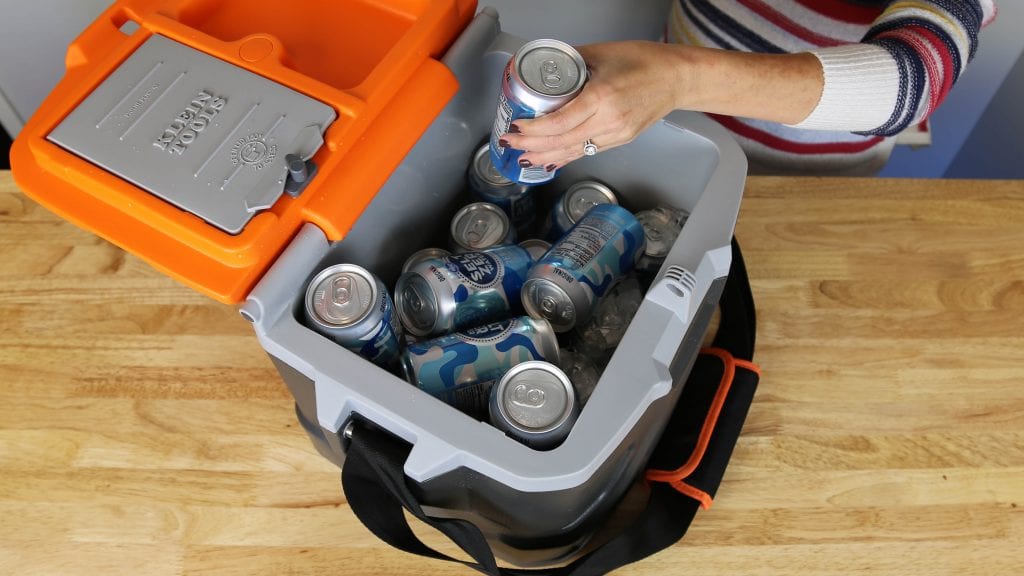
Soft-sided coolers are typically made from a tough fabric on the outside and a plastic lining on the inside along with closed-cell insulation. They tend to be more portable and lighter with convenient carrying straps. However, they’ll also be smaller, harder to clean, and less durable. Quality will vary widely, so you’ll have to be extra careful when shopping for a soft-sided cooler.
What to Look For
- Small coolers are meant to be portable, but how easy they are to carry will depend on their design. With hard-sided coolers, opt for ones that have handles on the sides and top, so you have different options for holding and carrying. Soft-sided coolers should have a shoulder-carry strap as well as a shorter handle you can use when you have your hands free. If the cooler is on the heavier side, check to see if it has wheels. This can make moving it significantly easier.
- The amount of insulation you should have will depend on your needs. For example, if you are using the cooler for lunch, you probably only need your cooler to work for a few hours. If you plan to take the cooler camping with you for a week, then you’ll want one that can last as long as possible.
- If you’re thinking about getting a soft-sided cooler, check that it is made from waterproof material. This way, if the ice melts inside or the outside is exposed to water, the cooler will still be usable and effective. Most hard-sided coolers are waterproof.
- You might want to consider a small cooler with external storage pockets. You can use these for cutlery, napkins and plates.
- Optimize your cooler usage by thoroughly cleaning your small cooler on the outside and inside, especially if it has been in storage. Then, pre-chill the cooler by placing cold water or ice packs inside the cooler for a few hours. If the cooler is small enough, you can even place it in the fridge. Remove the ice and water from the cooler just before you’re ready to pack it, dry it thoroughly, and then place a new ice pack at the bottom.
- Pack as efficiently as possible: Put all the food you want to take with you in water-tight containers and remove any excess packaging to save space. Pile your food containers in tightly, and add in loose ice to fill up any gaps.
More to Explore
Before refrigerators, people often kept their food cool by storing it underground. By the end of the 19th century, however, most people had iceboxes in their houses. These wooden cabinets were often lined with tin or zinc and utilized 25- to 100-pound blocks of ice (depending on the preferences of the homeowner), delivered by icemen, to keep food cold. Basically, they were built-in coolers.
MORE: The Best Refrigerator
In the early 1900s, manufacturers experimented with cooling devices for food storage. The General Electric Monitor top refrigerator was the first to become widely popular in about 1927, just in time for the Great Depression; the refrigerator became vital for maximizing resources in hard times. In 1935, loans provided by the New Deal encouraged even more households to switch over.
Other ways of preserving food exist, of course, such as canning, salting and drying. However, keeping food cold became the preferred method because it keeps food fresh and allows prepared meals to be saved, which was something new.

